Things to know
Population : 105,870 (2021) St. Thomas (51,181), St. John (4,170), St. Croix (50,600)
Area: 346.4 km² (133.7 sq mi)
Languages: English - Spanish is also widely spoken
Time zone: UTC- 4
Currency: Of course, the US dollar is used, with a few ATMs in Charlotte Amalie on St. Thomas, Cruz Bay on St. John and Christiansted or Frederiksted on St. Croix.
Getting there: The USVI has two main international airports, Cyril E. King Airport (STT) on St. Thomas and St. Croix’s Henry Rohlsen Airport (STX) on St. Croix.
To get from one island to the other, there are several options. You can travel by air with a scheduled airline, take a seaplane for an exciting experience or take a ferry.
Formalities: As this is a U.S. territory, non-Americans must comply with the same requirements as at any point of entry to the U.S., i.e. a passport and an ESTA or visa, depending on your country of origin.
Charter companies: The USVI has a large number of charter companies, and here are just a few of them.
The Moorings, Dream Yacht Worldwide, Virgin Islands Yacht Charters, Anchors Away, Epic Yacht Charters, Happy Island Charters etc.
Transport on the islands: There are a few bus routes, as well as the traditional cabs and the famous Safari Cabs, pick-up trucks whose rear end has been fitted out to carry passengers - thrills and bumps guaranteed...
There are also a few water taxis, handy for running errands and returning to your multihull.
 Discover the 2025 winners!
Discover the 2025 winners! 
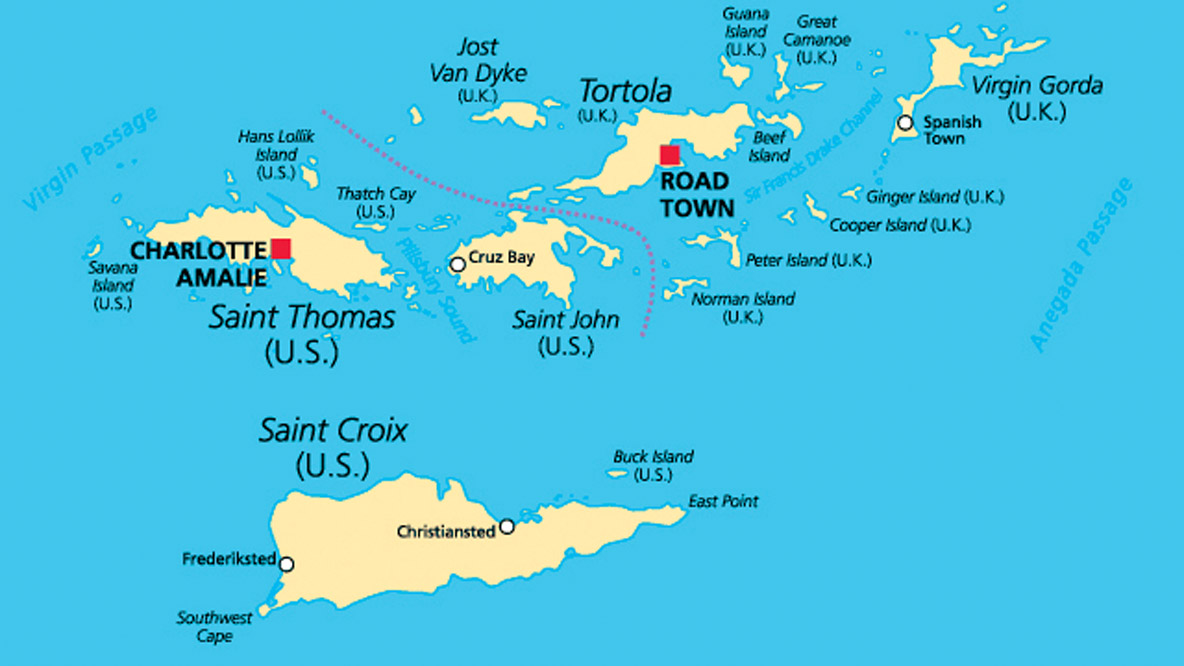
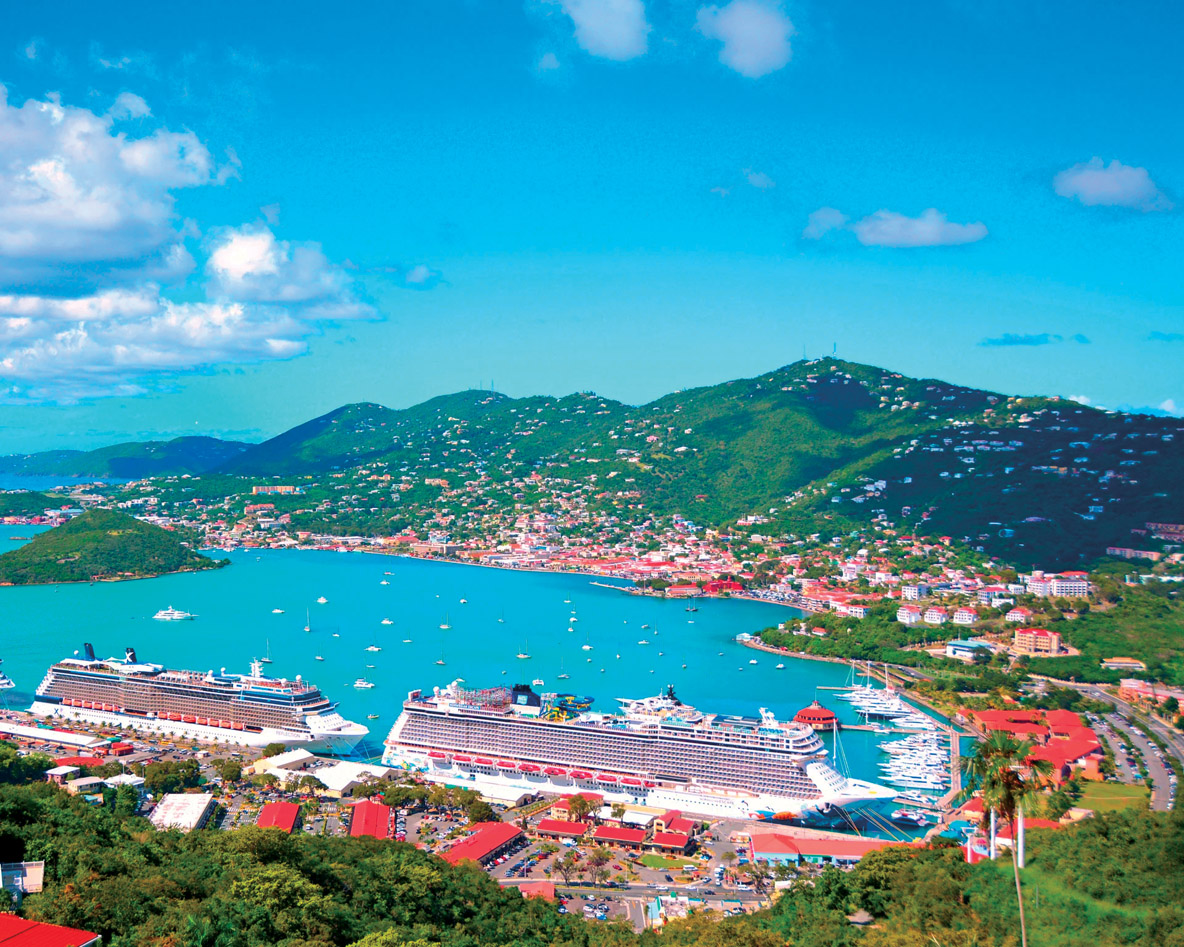
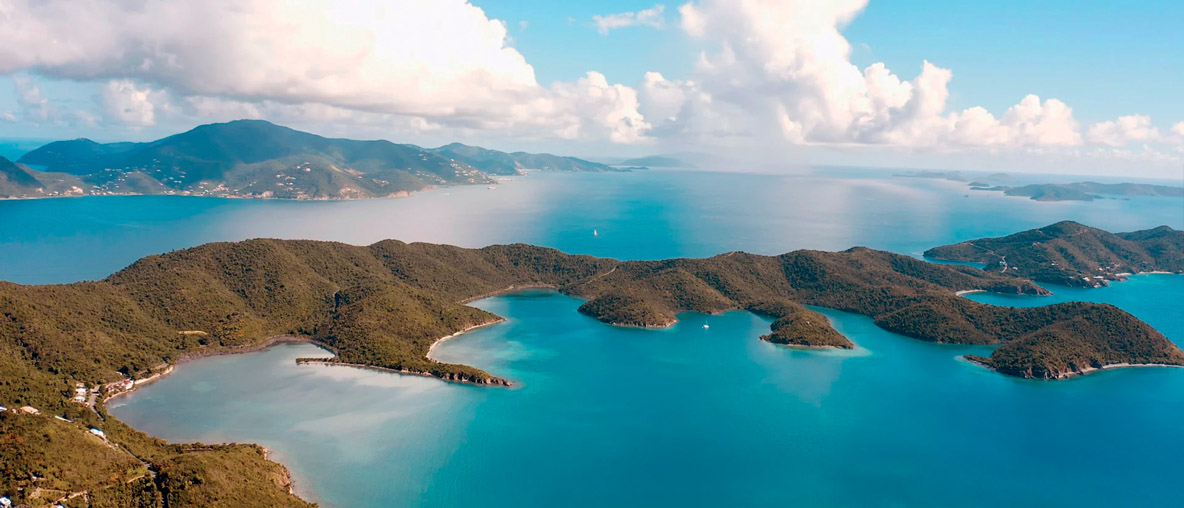
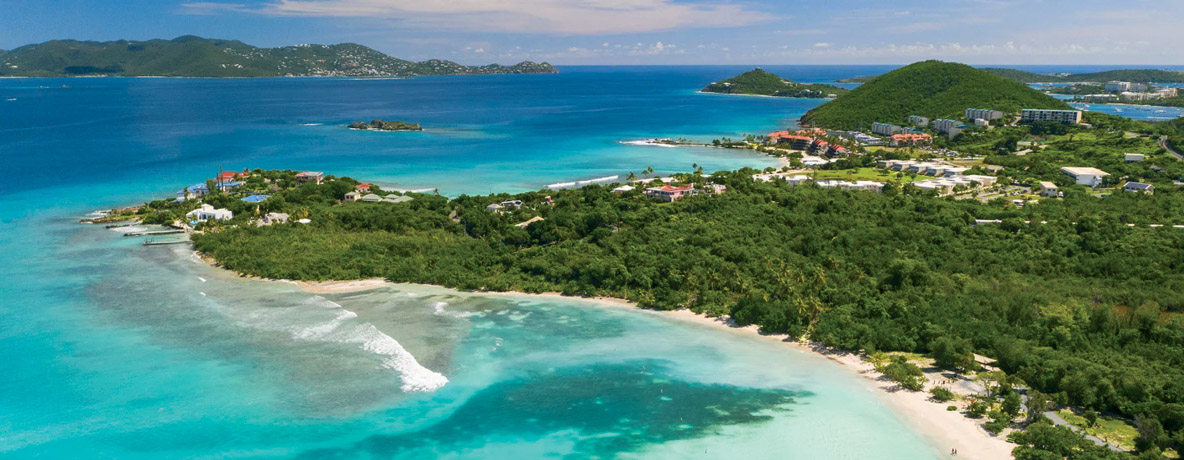
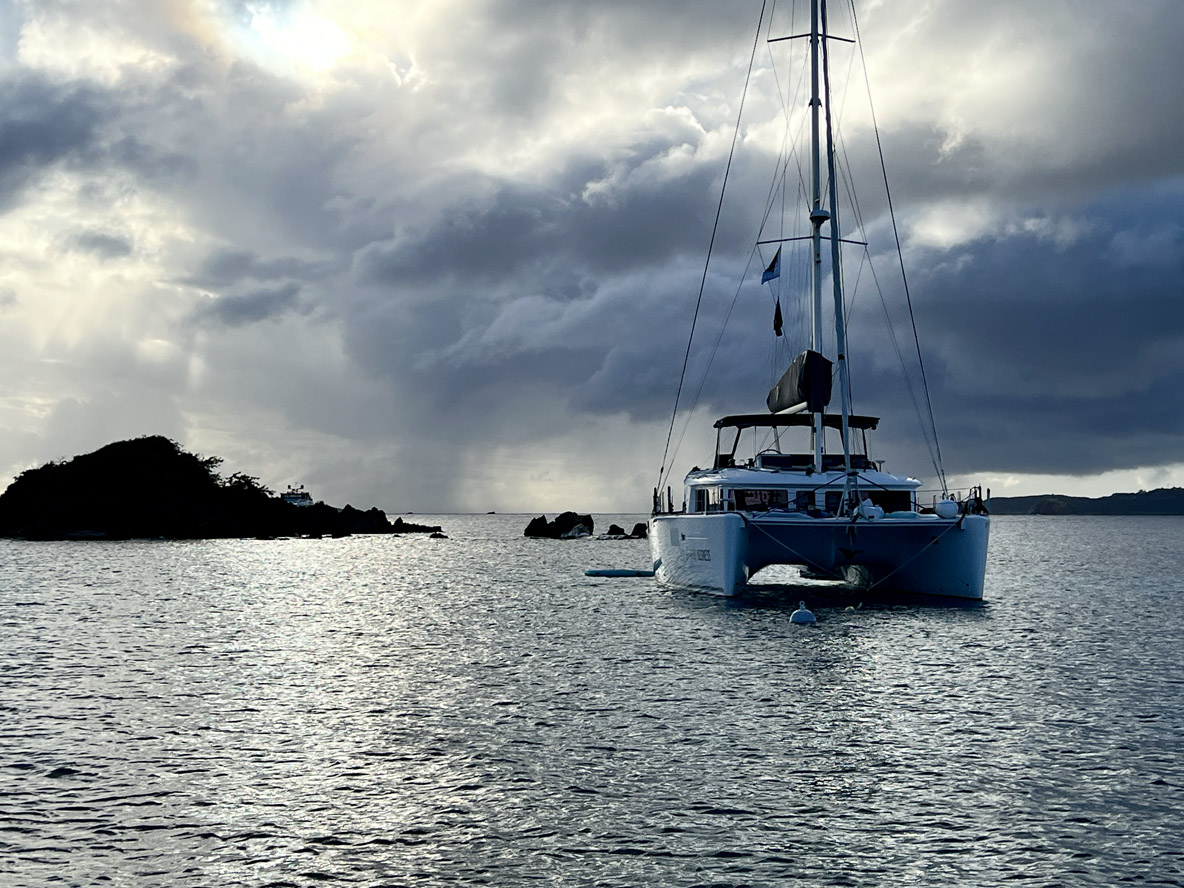
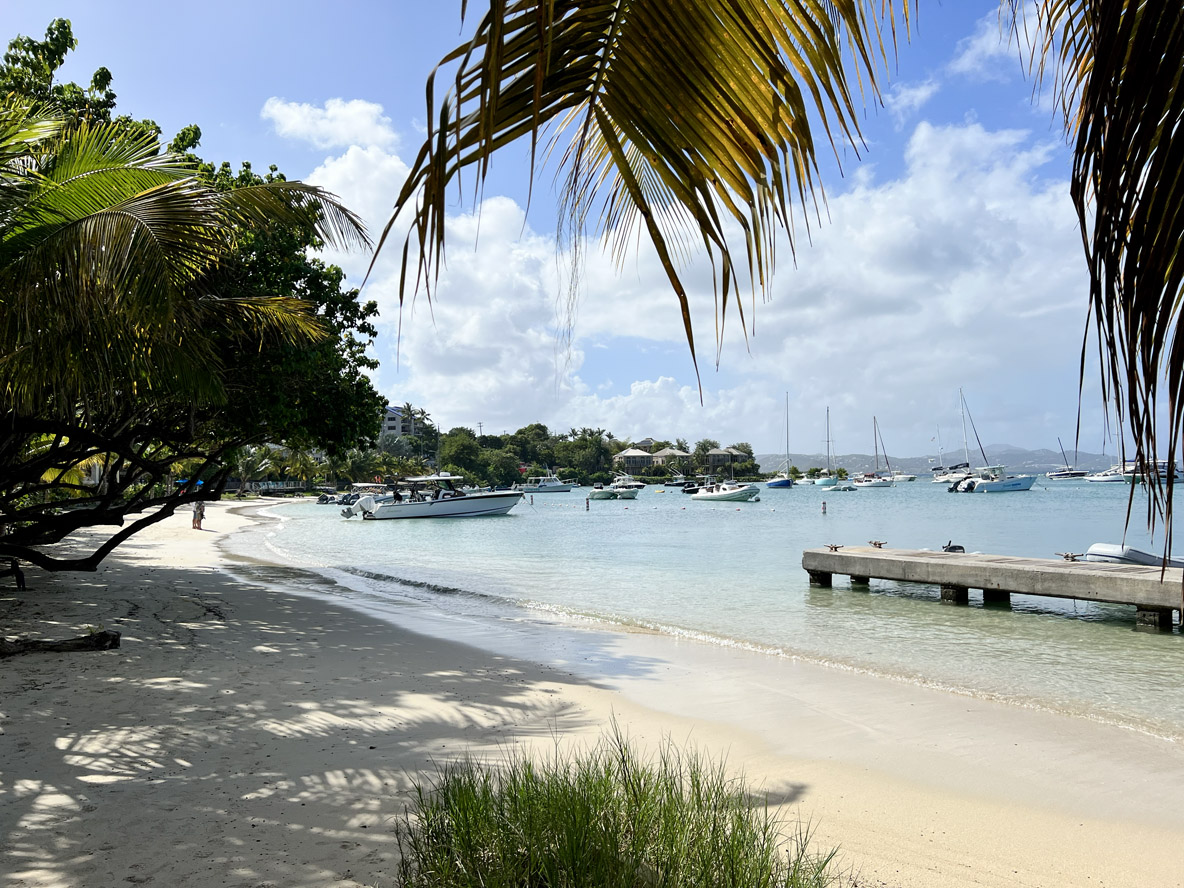
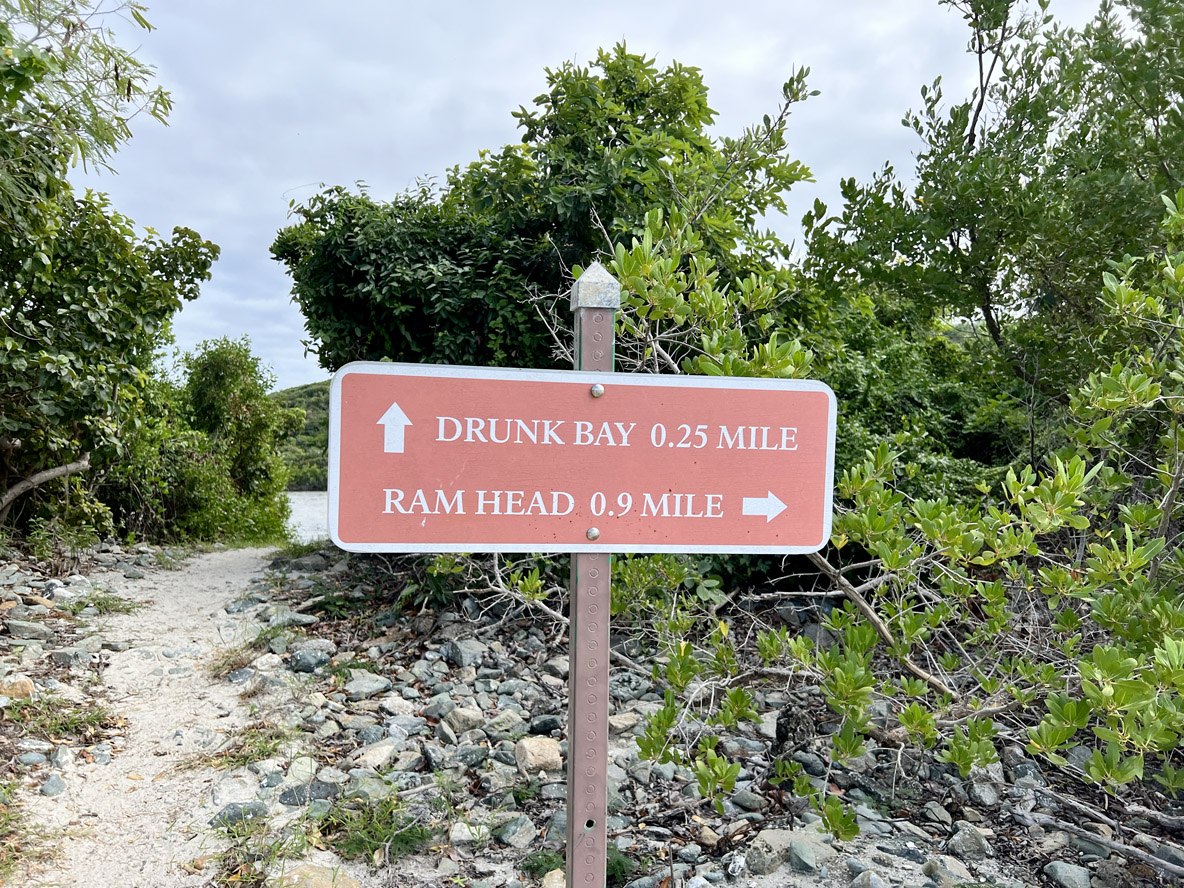
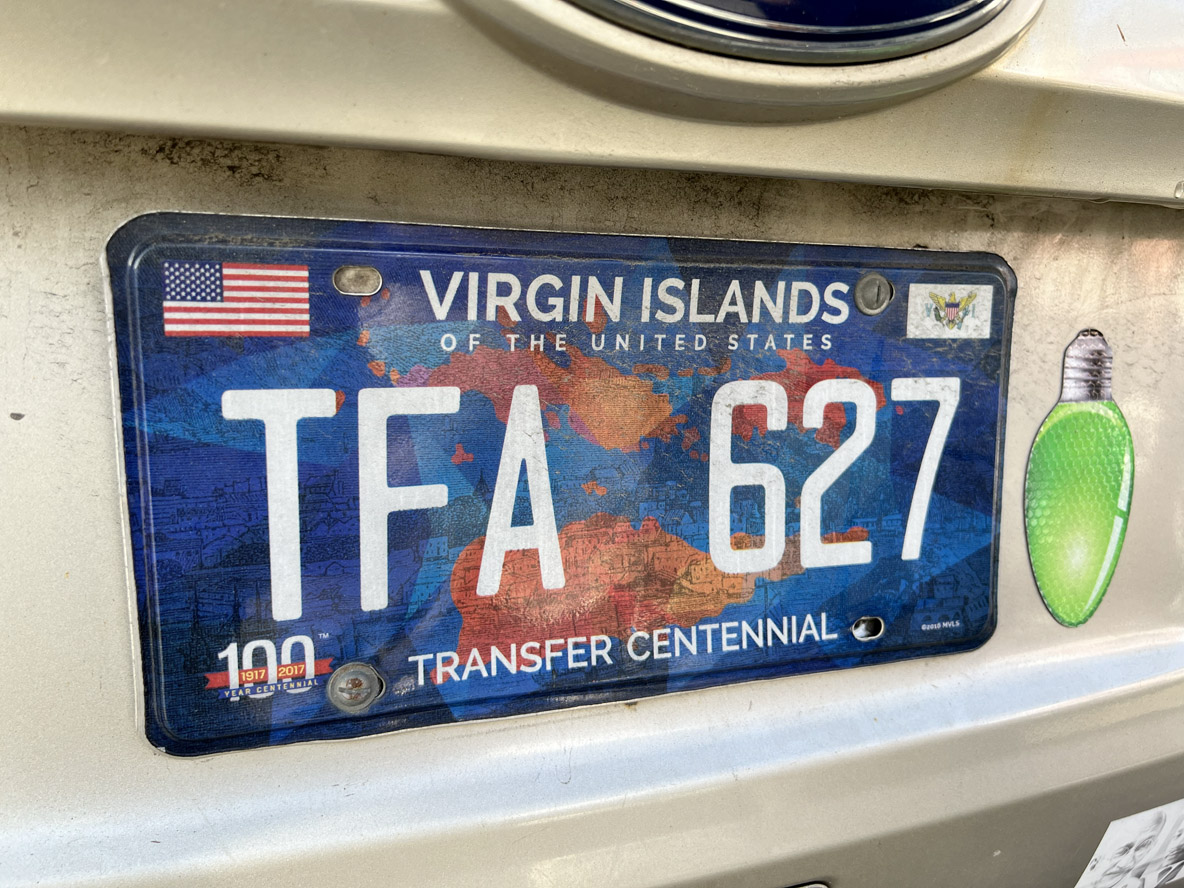
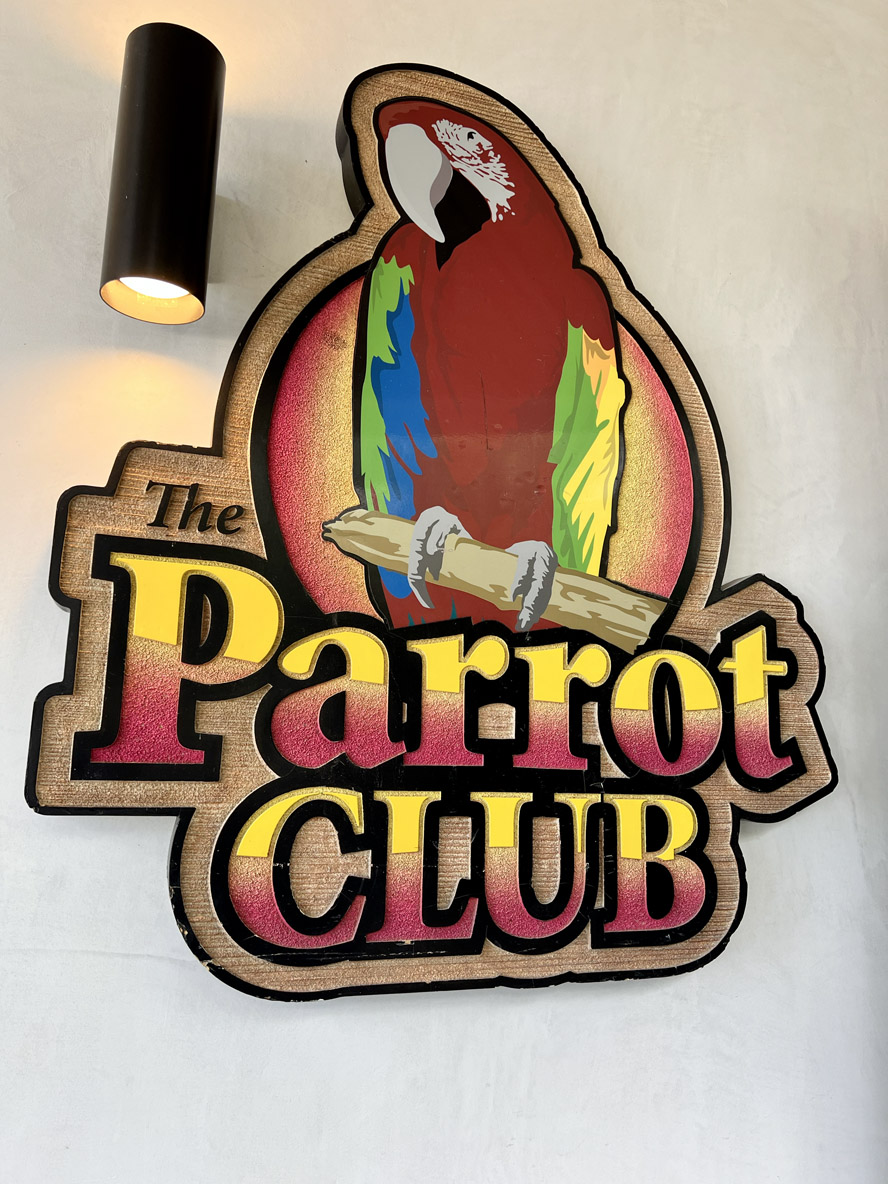
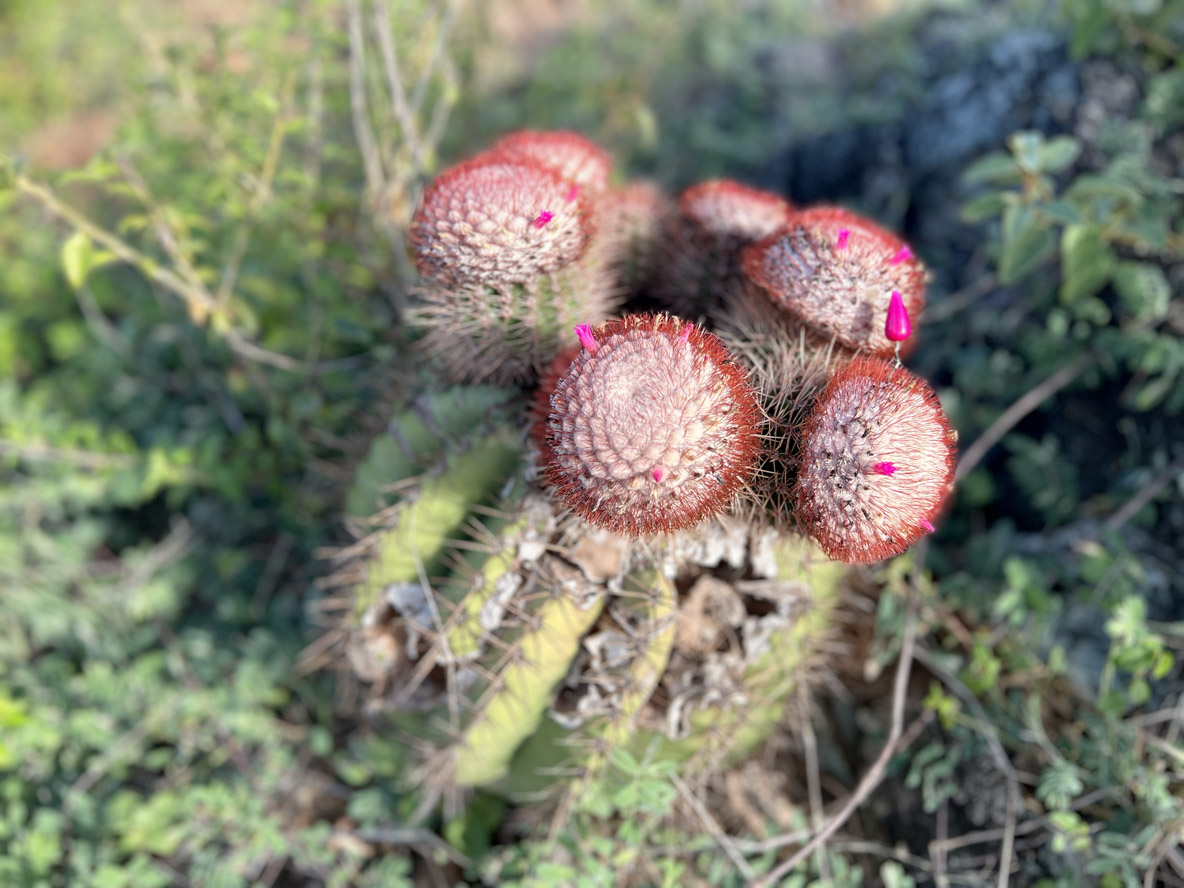
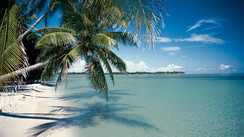
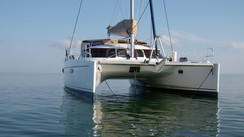
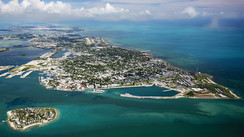
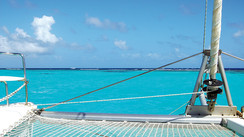
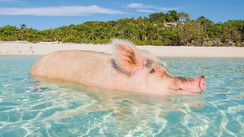
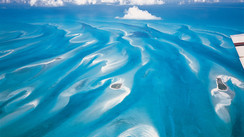



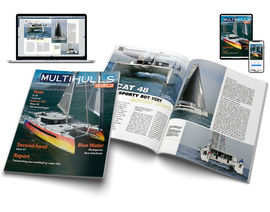




What readers think
Post a comment
No comments to show.